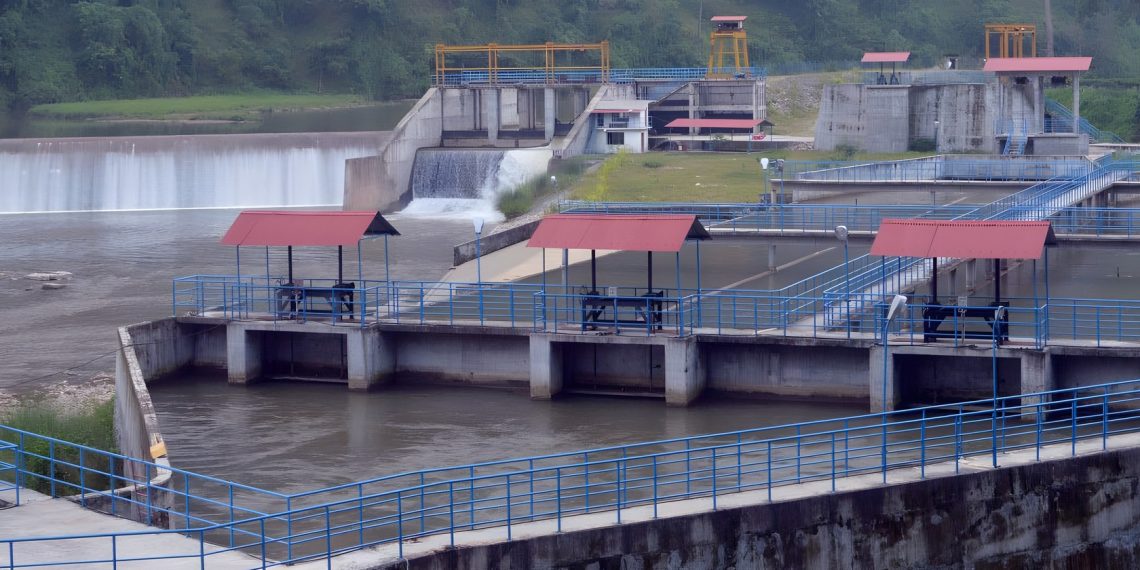The recent heavy rainfall between October 3 and 5 has affected 32 hydropower projects across 10 districts in three provinces, according to preliminary data compiled by the Independent Power Producers’ Association of Nepal (IPPAN) as of Monday afternoon.
Of the affected projects, 17 operational plants with a combined capacity of 180 megawatts and 15 under construction totalling 338 megawatts sustained varying levels of damage due to floods and landslides.
IPPAN President Ganesh Karki said that in past years, the absence of reliable flood warnings often resulted in significant human and infrastructural losses. This year, however, a new early-warning coordination system between IPPAN and the Department of Hydrology and Meteorology helped prevent casualties and minimise damage. He noted that timely preparedness reduced the physical impact of the rainfall compared to previous years.
The Koshi Province, particularly the Ilam district, suffered the worst damage. In Ilam alone, 15 operational hydropower plants were forced to shut down, including Sanima Mai (22 MW), Mai Cascade (7 MW), Super Mai (7.8 MW), and Jogmai Khola (7.6 MW), among others. Two other projects—the 14.9 MW Hewakhola in Panchthar and 52.4 MW Likhu-4 in Bagmati Province—were also affected, though Likhu-4 resumed operation after an hour-long disruption.
Under-construction projects experienced the most severe damage to access roads. Landslides washed away sections of newly built or incomplete routes in several districts, including Manang, Ilam, Panchthar, Sindhupalchok, Rasuwa, Bhojpur, Myagdi, Lamjung, Ramechhap, and Dhading. Some sites also reported loss of construction materials and equipment.
With many roads still blocked, IPPAN said that it could take more time before a full damage assessment becomes available.




